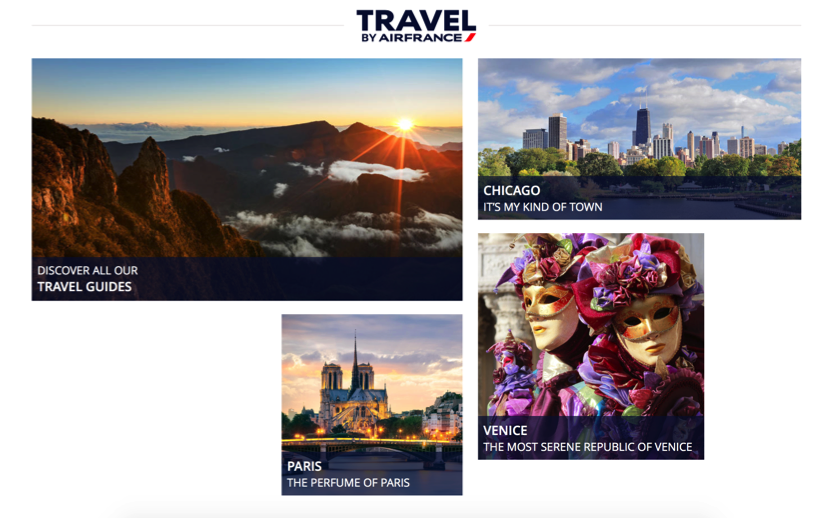Localisation: Talking your Customer’s Language
As you are reading this, your potential customer might be in Beijing, sitting down to find what you offer as a service or product from a wide range of websites returned on their search engine. Somehow your website comes up and stands out because the few English words in the meta description stand out. However, even though the English words drew them in, when they arrive on your website it really doesn’t resonate with them. Despite your great efforts at offering a good digital product, they cannot relate to the content—it doesn’t speak their language.
As you are reading this, your potential customer might be in Beijing, sitting down to find what you are offering from a wide range of websites returned on their search engine.
Coming from a background focused on learning about foreign languages, translation and localization, looking at things through the lens of UX and User-Centered Design reveals how even better digital products can be produced, helping visitors understand your product offering more easily.
Localization is the process of adapting global websites, software or basically digital products for a specific region or language by adding translated text and specific components related to the region. Localization is not just translating a word into another language, it is going deeper into the translation process, just as UX design is a way of going deeper into the designing process by making sure that, as far and effectively as possible, user needs are central to product design.
You may or may not already know that UX design is the process of improving the interaction between a user and a product by researching and optimising various aspects of the product – its usability, visual design, accessibility and so on.
UX and User-Centered Design fit in to a wider process about the whole of business development when researching how your website or app provides your customer experience if you have an omni-channel marketing approach to your business, i.e. you seek to provide a seamless shopping experience to your customer, whether they are surfing the internet on their computer or mobile device, over the phone or in a store.
Companies are investing in UX design to make sure they have beautifully crafted digital products, but also to ensure their message is going to be communicated well and understood by their customer, to maximize the likelihood that their product or service is going to be a success and positively differentiated from the crowd. That means customers like our fictional buyer in Beijing, but it could be real customers in a California winery, a Vancouver Telco or a Paris fashion house.
Digital products are often your global shop-window. When you plan on going global with your company—and basically follow the process of internationalization—localization should be one of the things you add on to your product development plans. It will help you ensure customers have a good experience while considering your products wherever they are located.
Airline companies such as Air France, British Airways and Lufthansa have included localization processes in their digital products. The examples below show that not only the websites have been translated but the offers have also been adapted according to the audience’s travels habits or favorite destinations. What seems to be a tiny change can have a huge impact on the user’s perception of your website.
AirFrance displays different locations on their French website than those on the UK version of the website. This localisation process is based on the research of each audience’s latest favourite locations and travel destinations.

Lufthansa focuses on customers’ habits and on things they care about: comfort (on the French version of the website) or child safety when traveling alone (on the UK version of the website). The localization process behind these choices is to focus on what matters the most to customers from different regions and different cultures.
British Airways focused on promoting a sale on its UK website, and preferred to promote a holiday on the French version of the website. More and more French people are interested in and celebrate St. Patrick’s day; this definitely is a good choice when localizing the website.
Translators or localization consultants can work alongside the UX team/UX designer and probably should when internationalization is part of the plan of growth. Designing a website using UX concepts is usually done in a source language, let’s say English. Different languages tend to take different amounts of space in a layout. For example if your website is in English and you want to localize it in French, you would be surprised to see how some sentences or even just words can be longer and obviously require the layout to be adapted. Therefore, a localized website may be visually different from the original one. Differing regions have different expectations in terms of visual style and and there are aspects of content or business style that can damage the perception of trust if they are omitted. Having translators working alongside UX designers where needed greatly extends your product’s reach for success.

